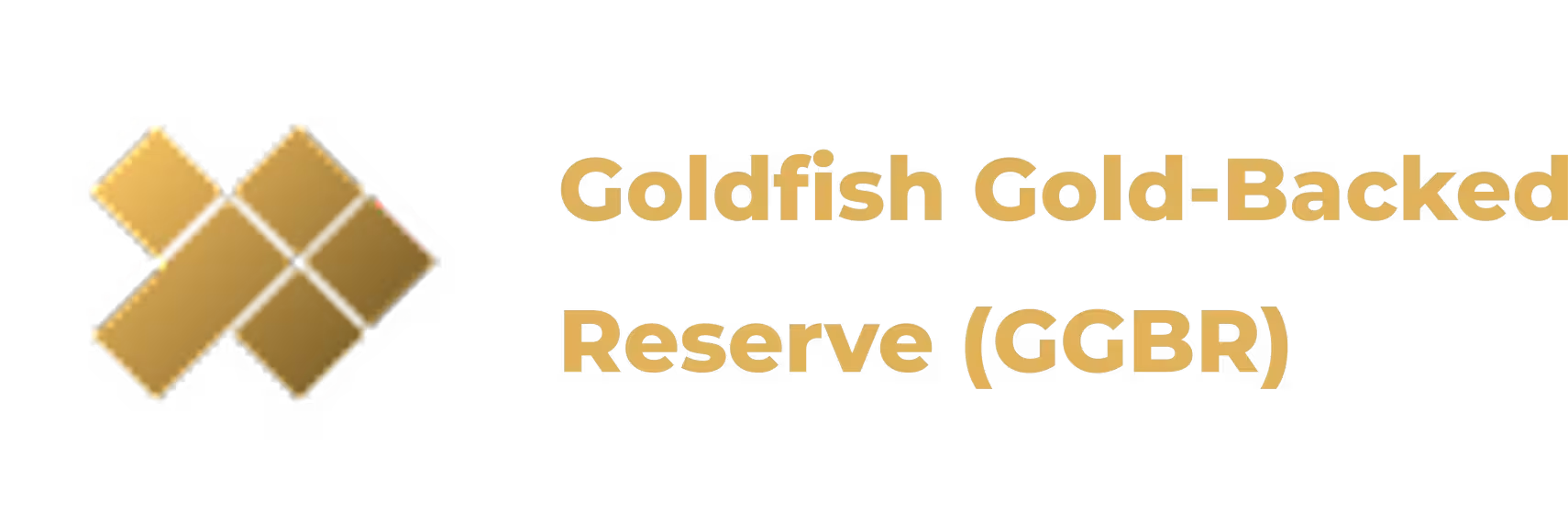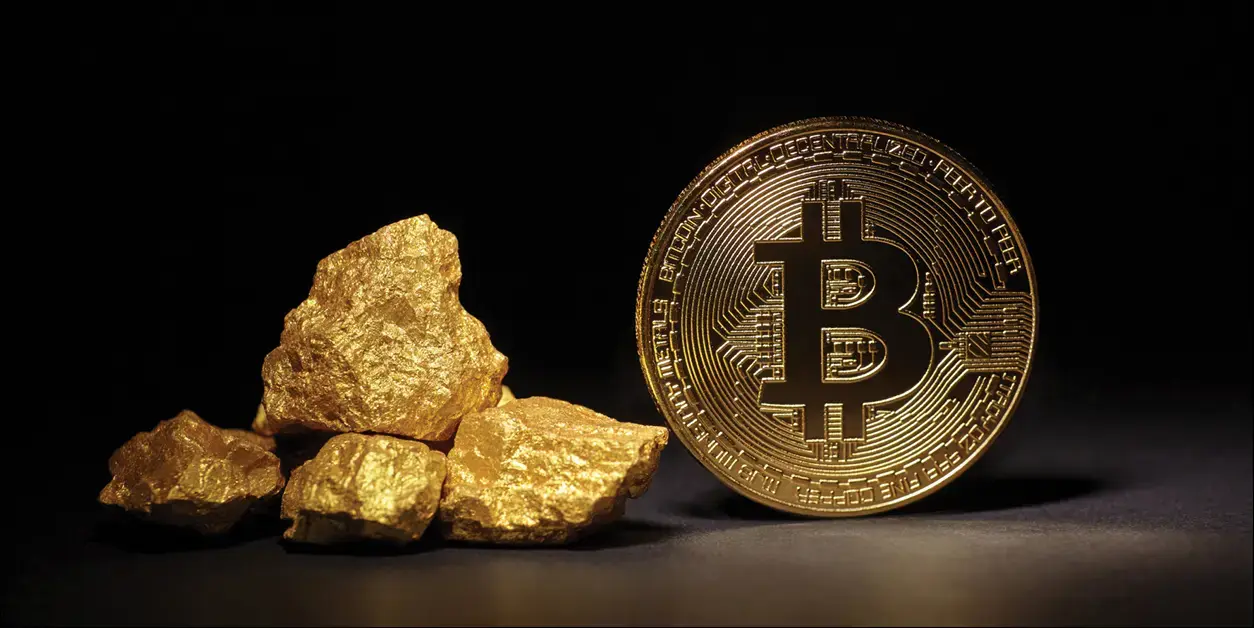Gold has stood as a symbol of wealth and power for thousands of years. Investors, governments, and institutions see it as a hedge against uncertainty and a proven store of value. With digital technology rising, a new asset class—gold-backed crypto—is creating another way to capture gold’s strength. Both physical gold and gold-backed crypto rely on the same precious metal, yet the forces of supply and demand act differently on each. Comparing these factors reveals how both can shape the future of wealth management. For investors, understanding these differences is essential to building a balanced portfolio.
The Global Role of Physical Gold in Financial Markets
Physical gold is more than a shiny metal stored in vaults. It is a cornerstone of global finance and culture. From central bank reserves to jewelry markets, gold connects industries, traditions, and policies across the world.
Demand Forces Driving Physical Gold in Today’s Economy
1. Central Bank Reserves and Monetary Policy
Central banks remain one of the largest buyers of gold. They use gold to diversify national reserves and reduce reliance on the U.S. dollar or euro. In recent years, emerging markets like China and India have added record amounts of gold to strengthen financial independence. This steady demand highlights gold’s unmatched role as a neutral global asset.
2. Investor Hedge Against Inflation and Currency Devaluation
During inflationary cycles, gold demand rises sharply. Investors view it as protection against the eroding value of cash. When fiat currencies lose purchasing power, gold often moves in the opposite direction, creating a hedge that appeals to both individuals and institutions.
3. Jewelry and Cultural Drivers of Demand
In countries like India, gold is not only an investment but also a cultural tradition. Weddings, festivals, and family milestones all drive jewelry demand. China also contributes significantly to gold demand, with gold jewelry symbolizing wealth and status. These cultural factors add a unique, stable demand base that persists even when financial markets shift.
4. Industrial Applications of Gold in Modern Technology
Although smaller compared to jewelry and investment, gold has industrial demand. It is used in electronics, medical devices, and aerospace technology due to its durability and conductivity. While not the largest demand driver, these uses add to gold’s overall resilience.
Supply Side of Physical Gold and Its Limitations
Physical gold supply is far less flexible than digital assets. Mining requires significant capital, time, and environmental approvals. Opening a new mine can take a decade or more. This slow production process means sudden demand surges cannot be met quickly. Recycled gold provides another supply source. Jewelry, coins, and industrial scrap contribute to the recycling market. However, recycling remains limited and cannot dramatically increase supply. This rigid structure creates scarcity. When demand rises, prices adjust sharply because supply cannot expand at the same pace. For investors, this scarcity reinforces gold’s reputation as a stable long-term asset.
The Rise of Gold-Backed Crypto as a Modern Alternative
Gold-backed crypto brings together the reliability of gold with the accessibility of blockchain technology. Each token represents a specific quantity of gold reserves, verified by independent audits and transparent reporting. Unlike traditional gold investments, which may require vaulting or intermediaries, these tokens can be transferred instantly across borders. This appeals to a new generation of digital-native investors. For instance, ION.au issues tokens secured 5:1 by NI 43-101 verified in-situ gold reserves. Each token follows the LBMA PM gold price +2% premium, creating a transparent and trusted pricing model. This system combines global valuation standards with blockchain efficiency, offering investors both stability and flexibility.
Demand Drivers for Gold-Backed Crypto in the Digital Economy
1. Digital Accessibility and Global Liquidity for Investors
One of the strongest demand drivers for gold-backed crypto is accessibility. Unlike physical gold, which requires secure vaults and physical transfer, tokens trade 24/7 on blockchain platforms. Global investors can buy, sell, or transfer assets in seconds. This ease of use creates a powerful demand stream.
2. Younger Demographics Choosing Digital Assets Over Tradition
Millennials and Gen Z often prefer cryptocurrencies to traditional investments. For them, gold-backed crypto combines two worlds: the stability of gold and the digital convenience of blockchain. This generational preference ensures steady demand growth as younger investors gain wealth.
3. Institutional Interest in Tokenized Gold Products
Institutions are also exploring gold-backed crypto. Hedge funds, asset managers, and fintech companies see potential in tokenized gold because it allows fractional ownership, faster settlement, and integration with existing financial platforms. Regulatory clarity will likely boost this demand further.
4. Hedge Against Volatility in Broader Crypto Markets
Investors within the crypto ecosystem often seek stability during market downturns. Gold-backed crypto provides a hedge within the digital space. By holding tokens tied to gold reserves, investors reduce exposure to extreme volatility. This creates a strong internal demand within the crypto industry itself.
Supply Dynamics of Gold-Backed Crypto and Token Issuance
Unlike physical gold, supply for gold-backed crypto is not constrained by mining timelines. Instead, tokens are issued according to reserves held or verified by the project. For example, projects like ION.au back every token with validated reserves and audits. Proof-of-reserve systems confirm that each token corresponds to actual gold reserves. Because issuance is scalable with reserves, supply can expand more quickly to meet growing demand. However, expansion still depends on real reserves. If demand outpaces available reserves, supply will remain capped. This balance ensures gold-backed crypto remains tied to physical reality while maintaining digital flexibility.
Comparing the Two Assets in Depth
Liquidity and Trading Opportunities for Global Investors
- Physical gold: Trades in established markets but often involves settlement delays and logistics.
- Gold-backed crypto: Offers instant, borderless, and round-the-clock liquidity.
Trust and Transparency in Modern Investment
- Physical gold: Built on centuries of trust, central bank usage, and universal acceptance.
- Gold-backed crypto: Relies on audits, proof-of-reserve reports, and transparent issuers to gain investor trust.
Demand Drivers Across Different Investor Segments
- Physical gold: Central banks, cultural traditions, and inflation hedges dominate demand.
- Gold-backed crypto: Younger demographics, institutions, and crypto investors drive adoption.
Supply Flexibility and Scalability in Modern Markets
- Physical gold: Supply expansion is slow, costly, and environmentally challenging.
- Gold-backed crypto: Supply can grow with reserves and issuance but requires strong auditing and regulation.
Why Investors Are Closely Watching Gold-Backed Crypto
Although gold-backed crypto is newer than physical gold, it has significant growth potential. By combining real gold reserves with blockchain efficiency, it bridges traditional finance and digital innovation. Projects like Goldfish Presale highlight these opportunities. Early participants can explore tokenized gold projects that reshape wealth management. Platforms such as Goldfish Presale allow investors to diversify portfolios while staying ahead of the digital asset curve. This interlink between traditional gold security and digital scalability makes gold-backed crypto an attractive option for forward-looking investors.
Risks and Considerations for Both Asset Classes
Every investment involves risks. Physical gold and gold-backed crypto are no exceptions.
- Regulatory Uncertainty Around Tokenized Assets
Gold-backed crypto still operates under evolving laws. Different jurisdictions apply varying rules, making compliance essential for issuers and investors. - Custody, Security, and Issuer Reliability
Token holders must trust issuers to safeguard reserves and conduct regular audits. Transparency is critical for adoption and confidence. - Market Volatility in the Broader Crypto Landscape
Although backed by gold, tokens can still be influenced by wider crypto market sentiment. Short-term price swings may occur despite reserve stability.
By comparison, physical gold faces fewer regulatory challenges but requires secure storage and transportation, which carry costs and risks.
The Future Outlook for Gold and Gold-Backed Crypto
Physical gold will always hold value as a trusted safe haven. Its centuries-old role as a hedge ensures continued demand from central banks, investors, and cultural traditions. Gold-backed crypto, however, represents the next stage of innovation. It provides liquidity, accessibility, and fractional ownership while maintaining ties to real-world reserves. As adoption grows, it is likely to complement physical gold rather than compete with it. In the long run, the combination of these two assets could reshape modern investment strategies. Investors can rely on the stability of physical gold while using gold-backed crypto for speed and global reach.
Final Thoughts on Comparing Supply and Demand Drivers
Physical gold is powered by tradition, scarcity, and central bank trust. Gold-backed crypto thrives on digital access, flexibility, and new investor demographics. Both are tied to the same underlying asset, yet each responds differently to supply and demand forces. For investors, the choice is not between one or the other. Instead, combining physical gold and gold-backed crypto creates balance. This strategy blends centuries of stability with the innovation of blockchain, offering protection and opportunity in a rapidly changing world.



